Home>Gardening & Outdoor>Outdoor Structures>How Deep Should Pergola Footings Be?


Outdoor Structures
How Deep Should Pergola Footings Be?
Modified: May 6, 2024
Learn the ideal depth for pergola footings and ensure the stability of your outdoor structures. Proper footing depth is crucial for the longevity and safety of your pergola.
(Many of the links in this article redirect to a specific reviewed product. Your purchase of these products through affiliate links helps to generate commission for Storables.com, at no extra cost. Learn more)
Introduction
Adding a pergola to your outdoor space can transform it into a charming and functional area for relaxation, entertainment, and dining. However, to ensure the stability and longevity of your pergola, it’s crucial to pay careful attention to the depth of the footings. The depth of the footings determines the level of support and stability the pergola will have, especially in varying weather conditions. In this article, we will explore the factors that influence the depth of pergola footings, local building codes, and the recommended depths for different scenarios. Understanding these aspects will empower you to make informed decisions and create a pergola that stands the test of time.
Key Takeaways:
- Ensure pergola stability by considering soil type, size, and local codes for footing depth. Consulting experts and adhering to guidelines is crucial for a durable outdoor structure.
- Factors like soil load-bearing capacity, pergola size, and local building codes influence the recommended depth for pergola footings. Seek professional advice for a sturdy and enduring structure.
Read more: How Big Should A Pergola Be?
Factors to Consider
Several essential factors come into play when determining the appropriate depth for pergola footings. Understanding these factors is crucial for ensuring the structural integrity and safety of your pergola.
- Soil Type: The composition and stability of the soil on your property play a significant role in determining the depth of the footings. Soil with excellent load-bearing capacity may require shallower footings, while softer or looser soil may necessitate deeper footings to provide adequate support.
- Pergola Size and Design: The dimensions and design of your pergola directly influence the amount of weight it must support. Larger pergolas or those with intricate designs may require deeper footings to distribute the weight evenly and prevent shifting or settling over time.
- Local Building Codes: Building codes and regulations established by local authorities provide specific guidelines for the construction of outdoor structures, including pergolas. These codes often dictate the minimum depth for footings based on factors such as soil conditions, frost depth, and prevailing weather patterns.
By carefully considering these factors, you can make informed decisions regarding the depth of your pergola footings, ensuring that your structure is both safe and durable for years to come.
Soil Type
The composition and characteristics of the soil on your property are pivotal in determining the depth of the footings for your pergola. Different soil types have varying load-bearing capacities and behaviors, necessitating different footing depths to ensure stability.
Here are some common soil types and their implications for pergola footings:
- Clay Soil: Clay soil is known for its ability to retain moisture and for its expansive nature. In regions where clay soil is prevalent, it’s essential to dig footings deep enough to reach below the frost line to prevent upheaval caused by freezing and thawing cycles.
- Sandy Soil: Sandy soil, while well-draining, may require deeper footings to provide sufficient stability, especially for larger pergolas. The loose nature of sandy soil means that footings must penetrate deeper to reach a stable substrate that can support the weight of the structure.
- Loamy Soil: Loamy soil, a balanced mixture of sand, silt, and clay, generally offers good load-bearing capacity and drainage. However, the specific characteristics of the loamy soil on your property will determine the appropriate depth for the footings.
- Rocky Soil: In areas where rocky soil is predominant, excavation for footings may be more challenging. However, the presence of bedrock can provide excellent stability, potentially requiring shallower footings.
Before determining the depth of your pergola footings based on soil type, it’s advisable to consult with a local soil engineer or building professional to assess the specific soil conditions on your property and make informed decisions regarding the appropriate footing depth.
Pergola Size and Design
When planning the construction of a pergola, the size and design of the structure are critical factors that influence the depth of the footings. The weight and dimensions of the pergola, as well as its design intricacies, directly impact the structural requirements for the footings.
Here’s how the size and design of your pergola can affect footing depth:
- Size: Larger pergolas naturally exert more weight on the footings. As the size of the pergola increases, so does the need for deeper footings to provide adequate support and prevent settling or shifting over time.
- Design Complexity: Pergolas with intricate designs, such as multiple layers, latticework, or integrated seating, may require deeper footings to ensure stability. The additional weight and structural complexity of these designs necessitate a more robust foundation.
- Attached vs. Freestanding: Whether your pergola is attached to a structure or freestanding can also impact footing depth. Attached pergolas may leverage the existing structure for support, potentially requiring shallower footings, while freestanding pergolas must rely entirely on their footings for stability.
Considering the size and design of your pergola is crucial for determining the appropriate footing depth. By assessing these factors, you can ensure that the footings provide sufficient support to uphold the structure’s weight and architectural features, contributing to the long-term durability of your pergola.
Pergola footings should be at least 36 inches deep to ensure stability and prevent shifting. However, the depth may need to be increased in areas with harsh weather conditions or loose soil.
Local Building Codes
Local building codes and regulations play a pivotal role in determining the depth requirements for pergola footings. These codes are established to ensure the safety, stability, and structural integrity of outdoor structures, including pergolas. Adhering to these guidelines is essential for obtaining the necessary permits and creating a pergola that meets the required standards.
Here are some key considerations related to local building codes and their influence on footing depth:
- Frost Depth: Building codes often specify the minimum depth at which footings must be installed to prevent frost heave. In regions where the ground freezes during winter, footings must extend below the frost line to avoid potential upheaval caused by freezing and thawing cycles.
- Soil Conditions: Local building codes may provide specific footing depth requirements based on prevalent soil conditions in the area. This ensures that footings are installed at depths suitable for the soil type, offering the necessary stability for the pergola.
- Wind and Seismic Loads: Building codes take into account the wind and seismic loads that outdoor structures must withstand. In regions prone to high winds or seismic activity, codes may dictate deeper footing requirements to enhance the pergola’s resistance to these forces.
- Permitting Requirements: Compliance with local building codes is essential for obtaining permits for pergola construction. Building authorities review proposed plans to ensure they meet the stipulated code requirements, including footing depth, before issuing permits for construction.
Given the critical role of local building codes in determining footing depth, it’s advisable to consult with a qualified contractor or building professional who is familiar with the specific codes and regulations in your area. By aligning your pergola construction with these requirements, you can ensure that your structure is not only safe and stable but also compliant with local standards.
Read more: How Tall Should A Pergola Be?
Recommended Depth for Pergola Footings
While the depth of pergola footings is influenced by various factors, including soil type, pergola size and design, and local building codes, there are general recommendations that can serve as a starting point for determining the appropriate footing depth for your project.
Here are some guidelines to consider when determining the recommended depth for pergola footings:
- Consult Local Experts: Engage the expertise of local contractors, engineers, or building professionals who are familiar with the soil conditions and building requirements in your area. Their insights can help you determine the optimal footing depth based on local considerations.
- Account for Frost Depth: If you reside in an area prone to freezing temperatures, ensure that the footings extend below the frost line to prevent upheaval. Local building codes typically stipulate the minimum depth required to achieve this.
- Consider Soil Load-Bearing Capacity: Evaluate the load-bearing capacity of the soil on your property to determine the depth necessary to provide adequate support for the pergola. Softer or less stable soils may require deeper footings to ensure stability.
- Factor in Pergola Size and Design: Larger or more elaborate pergolas may necessitate deeper footings to support the additional weight and structural complexity. Assess the specific requirements based on the planned size and design of your pergola.
- Adhere to Local Building Codes: Ensure that the depth of the footings aligns with the requirements outlined in local building codes. Compliance with these regulations is essential for safety, permitting, and overall structural integrity.
By considering these guidelines and seeking professional advice, you can determine the recommended depth for your pergola footings, setting the stage for a sturdy and enduring outdoor structure that enhances your living space.
Conclusion
Constructing a pergola is an exciting endeavor that can elevate the aesthetics and functionality of your outdoor space. The depth of the footings plays a crucial role in ensuring the stability and longevity of your pergola, making it essential to consider various factors when determining the appropriate footing depth.
By evaluating soil type, pergola size and design, and local building codes, you can make informed decisions regarding the depth of your pergola footings. Understanding the load-bearing capacity of the soil, the impact of the pergola’s size and design, and the specific requirements outlined in local building codes empowers you to create a pergola that stands the test of time.
Seeking the expertise of local professionals, such as contractors, engineers, and building authorities, can provide valuable insights into the optimal footing depth for your specific location and project requirements. Adhering to recommended guidelines and ensuring compliance with local regulations will contribute to the safety, stability, and structural integrity of your pergola.
Ultimately, the recommended depth for pergola footings is influenced by a combination of site-specific considerations and industry best practices. By carefully assessing these factors and seeking expert guidance, you can embark on the construction of a pergola with the confidence that its footings are appropriately sized and positioned to support a beautiful and enduring outdoor structure.
Now that you've got the scoop on pergola footings, why not broaden your horizons with more outdoor delights? Dive into the world of outdoor structures that can transform any garden into a charming retreat. Or perhaps you're itching for a hands-on project? Then, building a DIY pergola might just be your next great weekend adventure. Don’t forget to round off your outdoor aesthetics by browsing through creative landscaping ideas that can redefine your garden boundaries in style.
Frequently Asked Questions about How Deep Should Pergola Footings Be?
Was this page helpful?
At Storables.com, we guarantee accurate and reliable information. Our content, validated by Expert Board Contributors, is crafted following stringent Editorial Policies. We're committed to providing you with well-researched, expert-backed insights for all your informational needs.


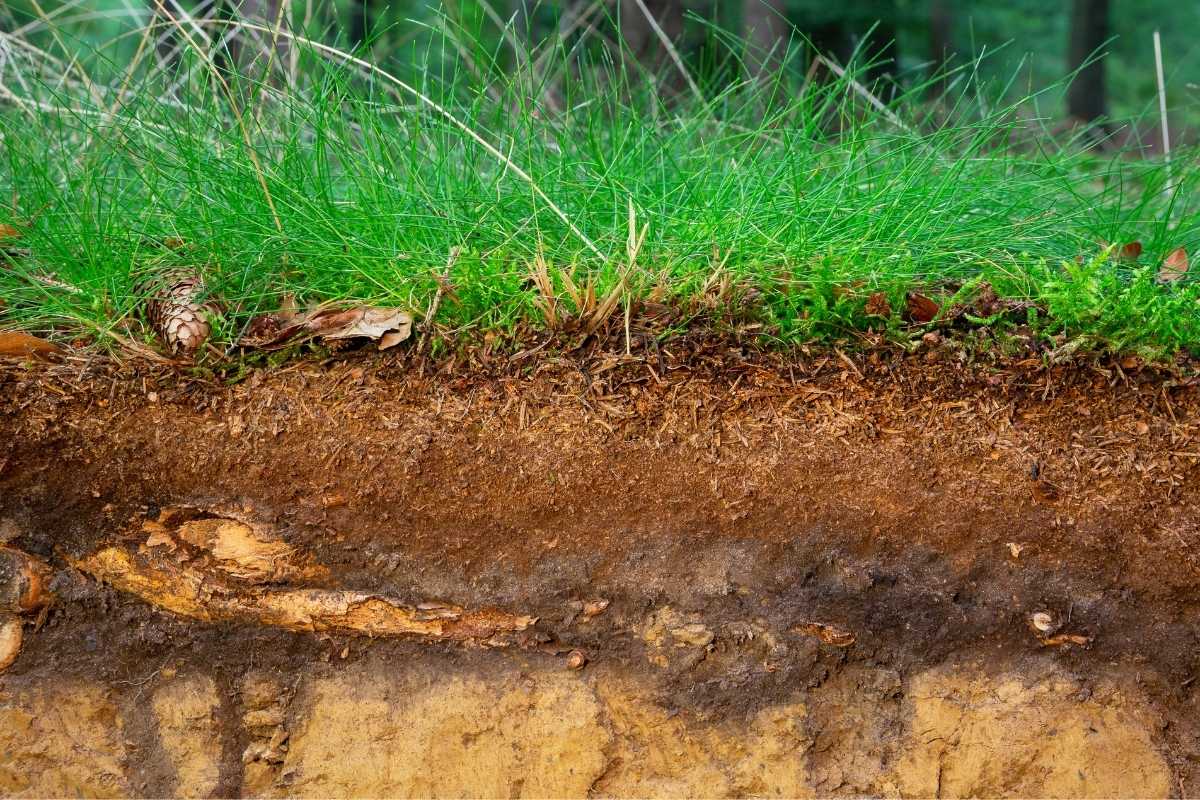
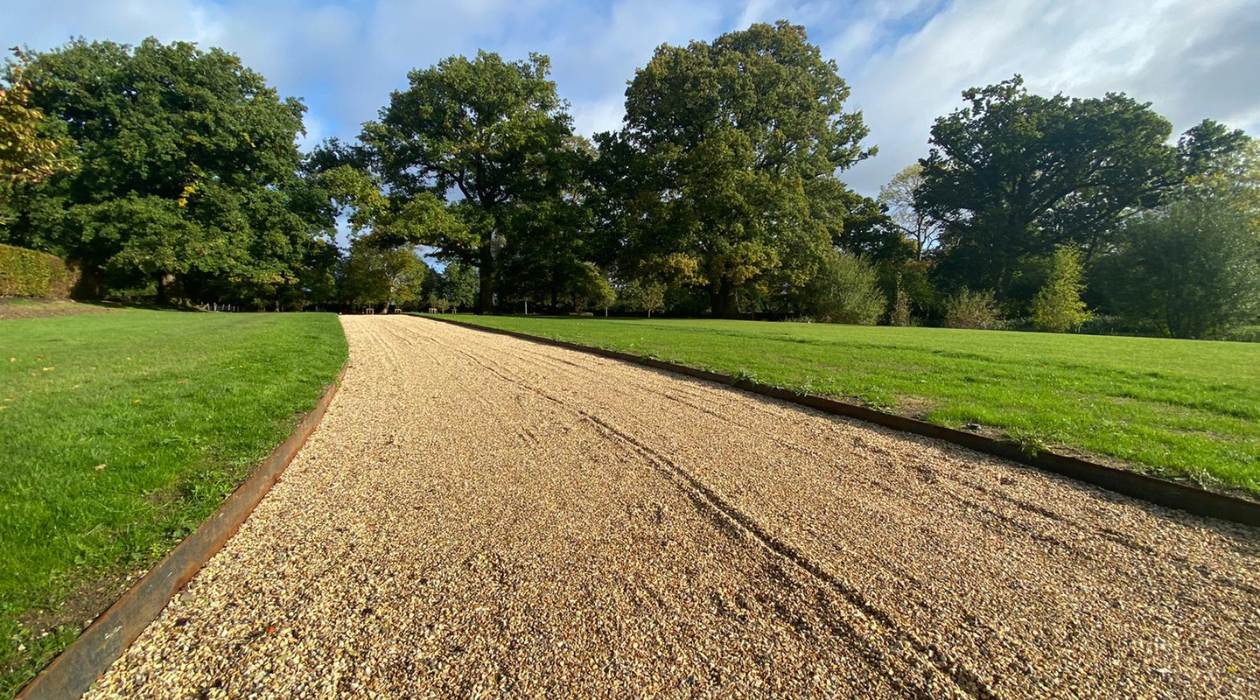

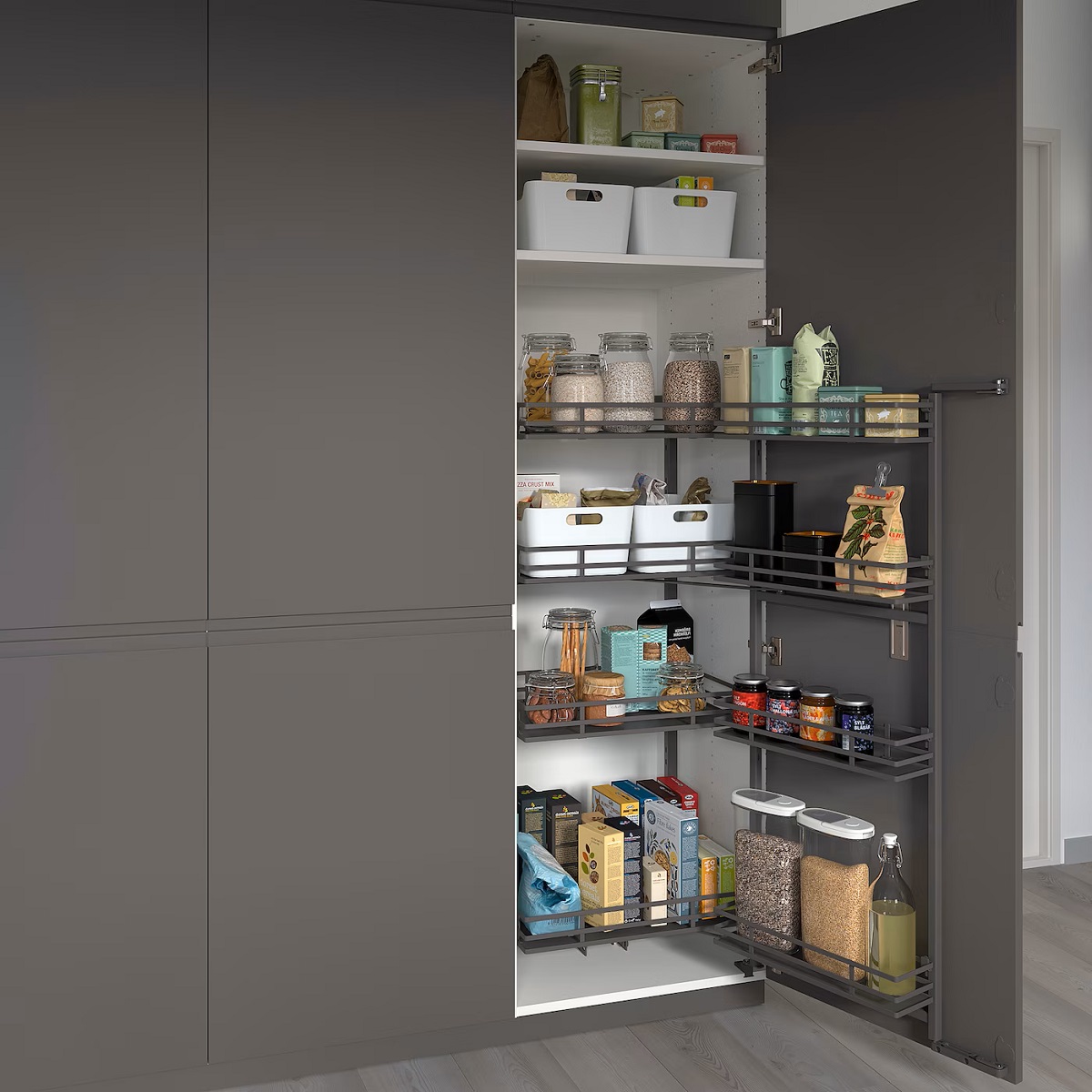
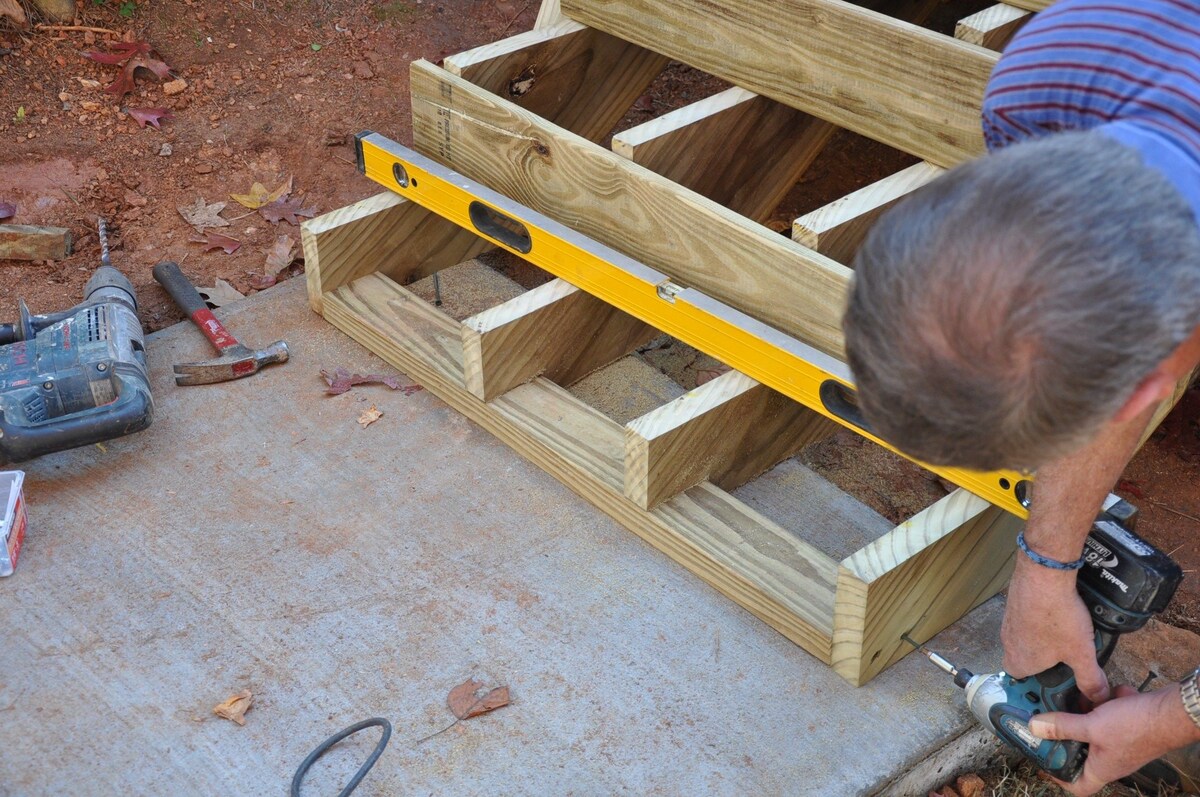
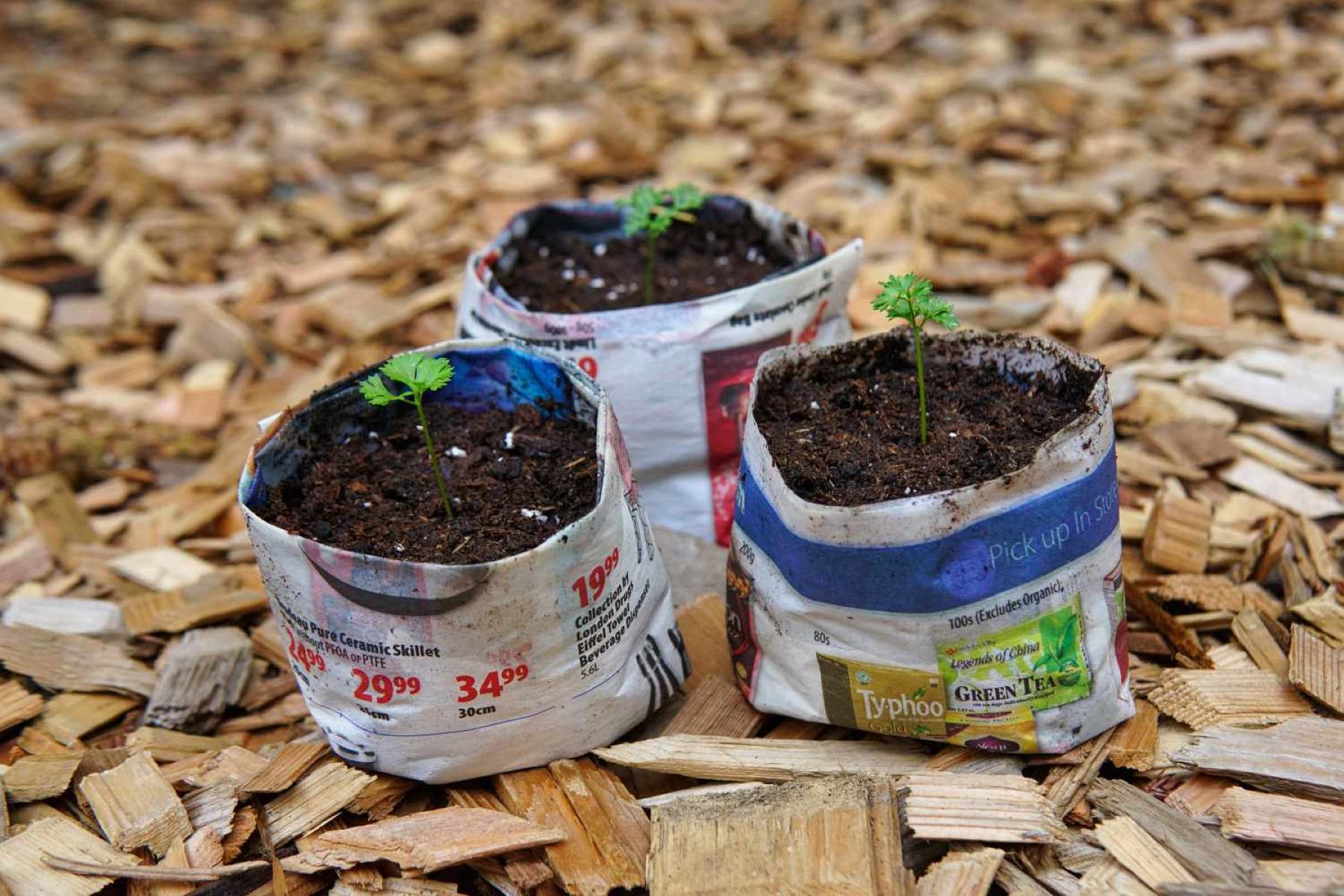
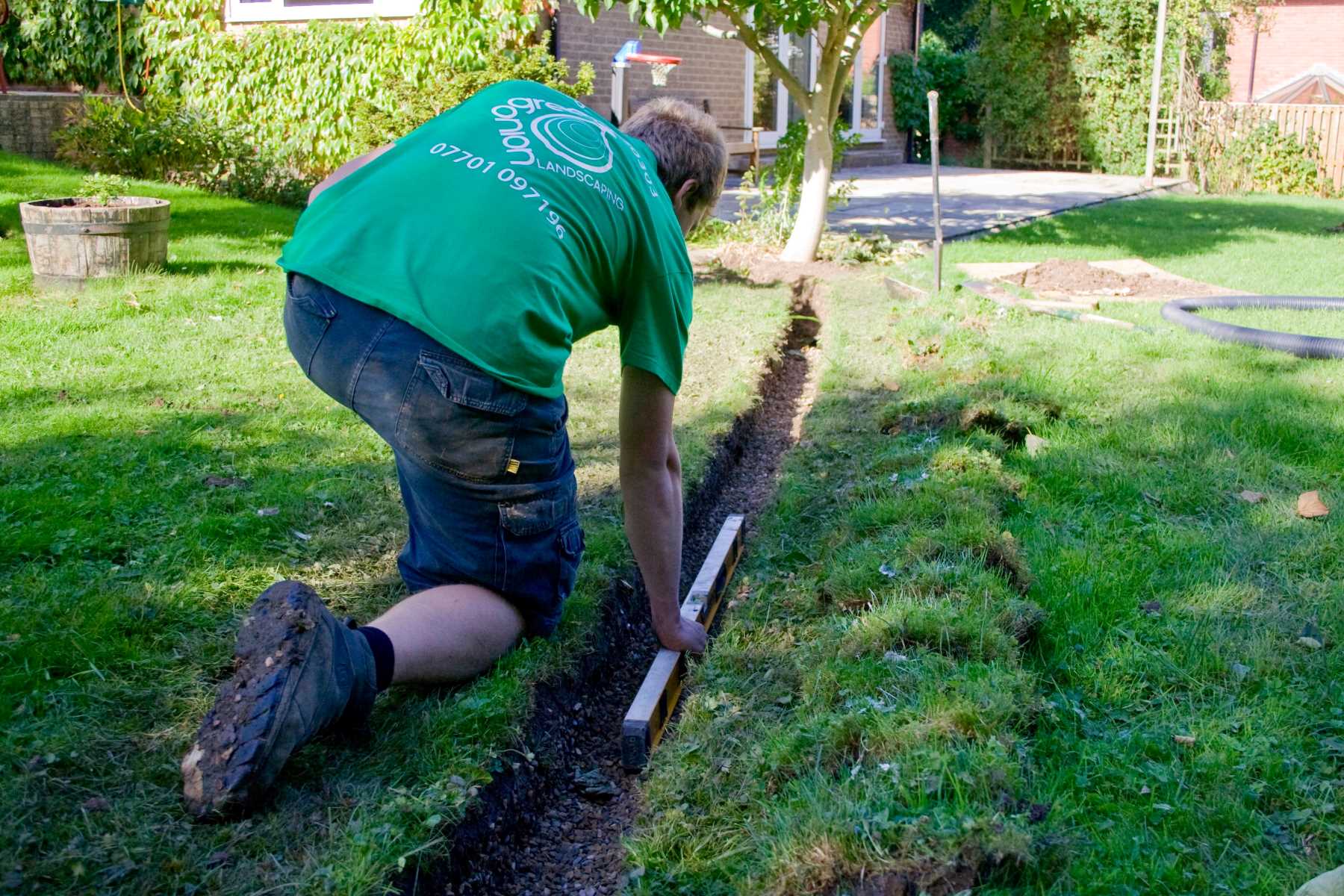
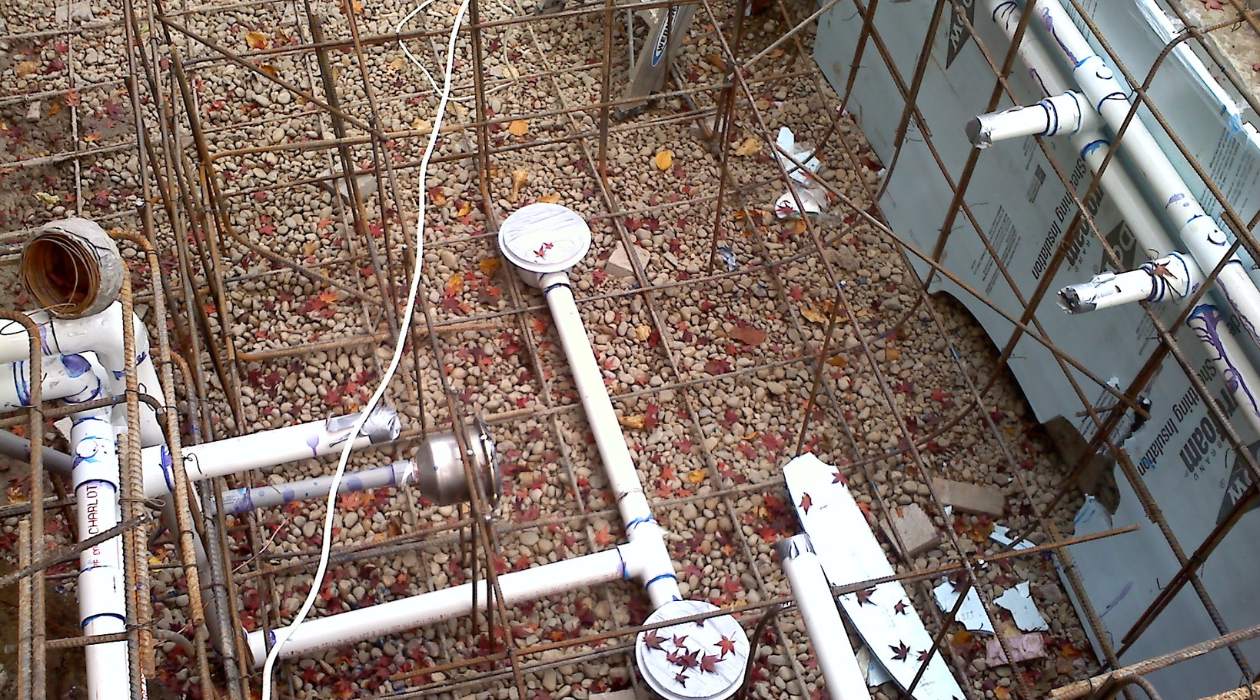
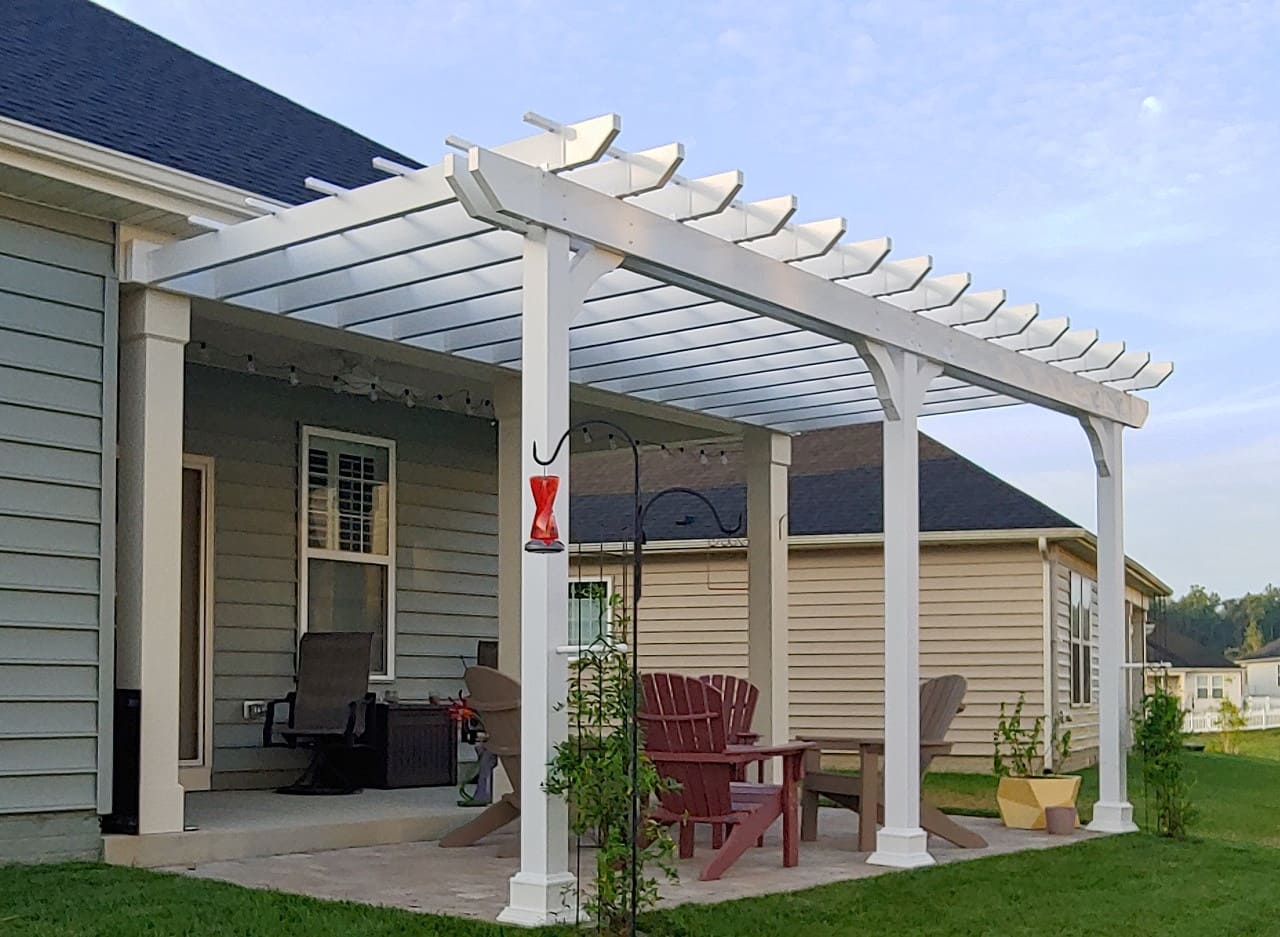
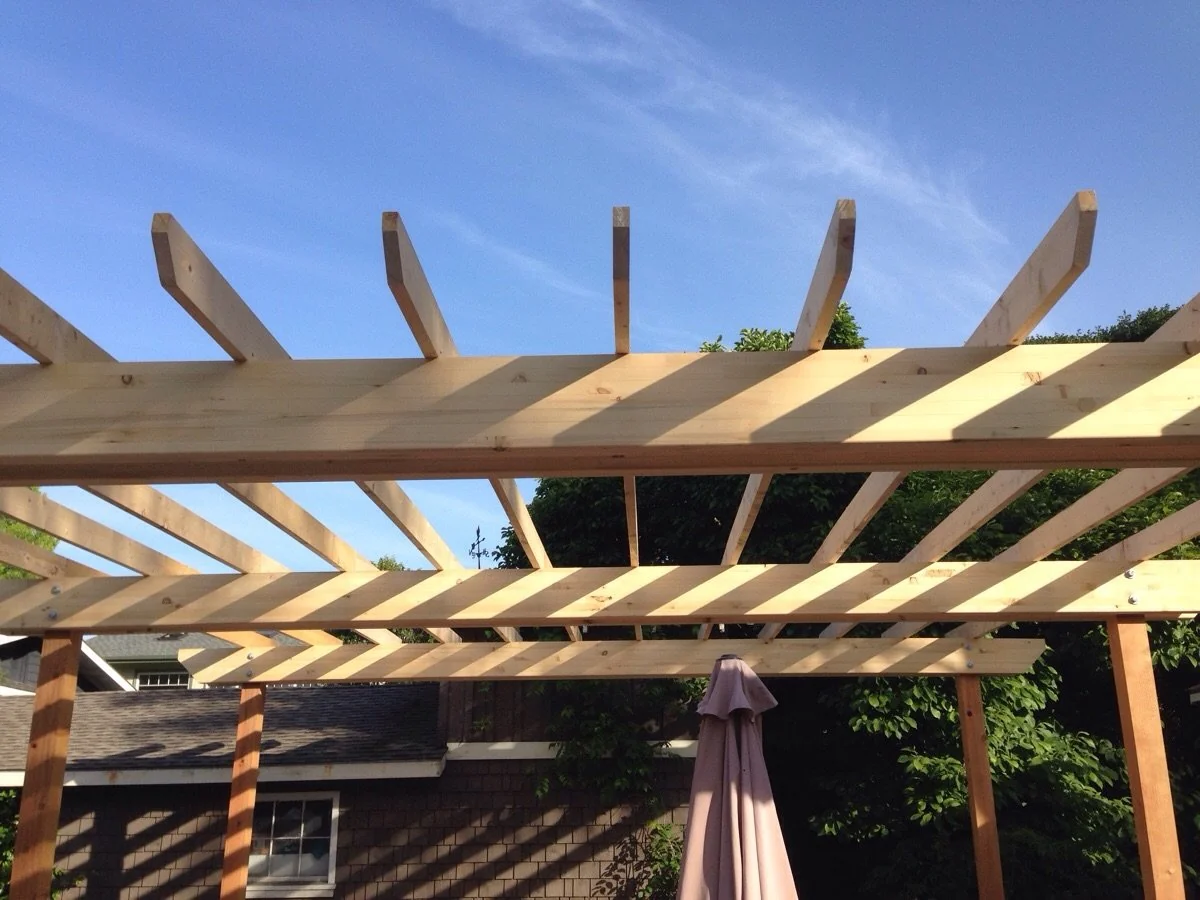
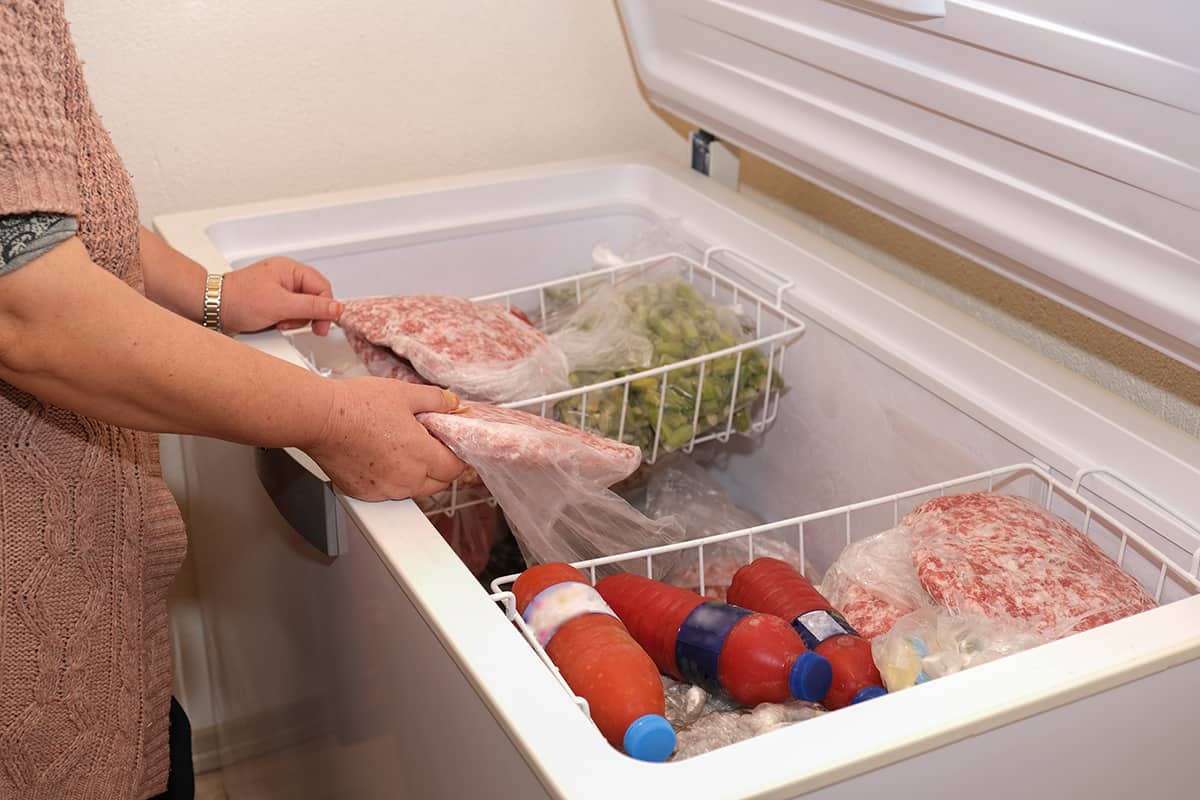
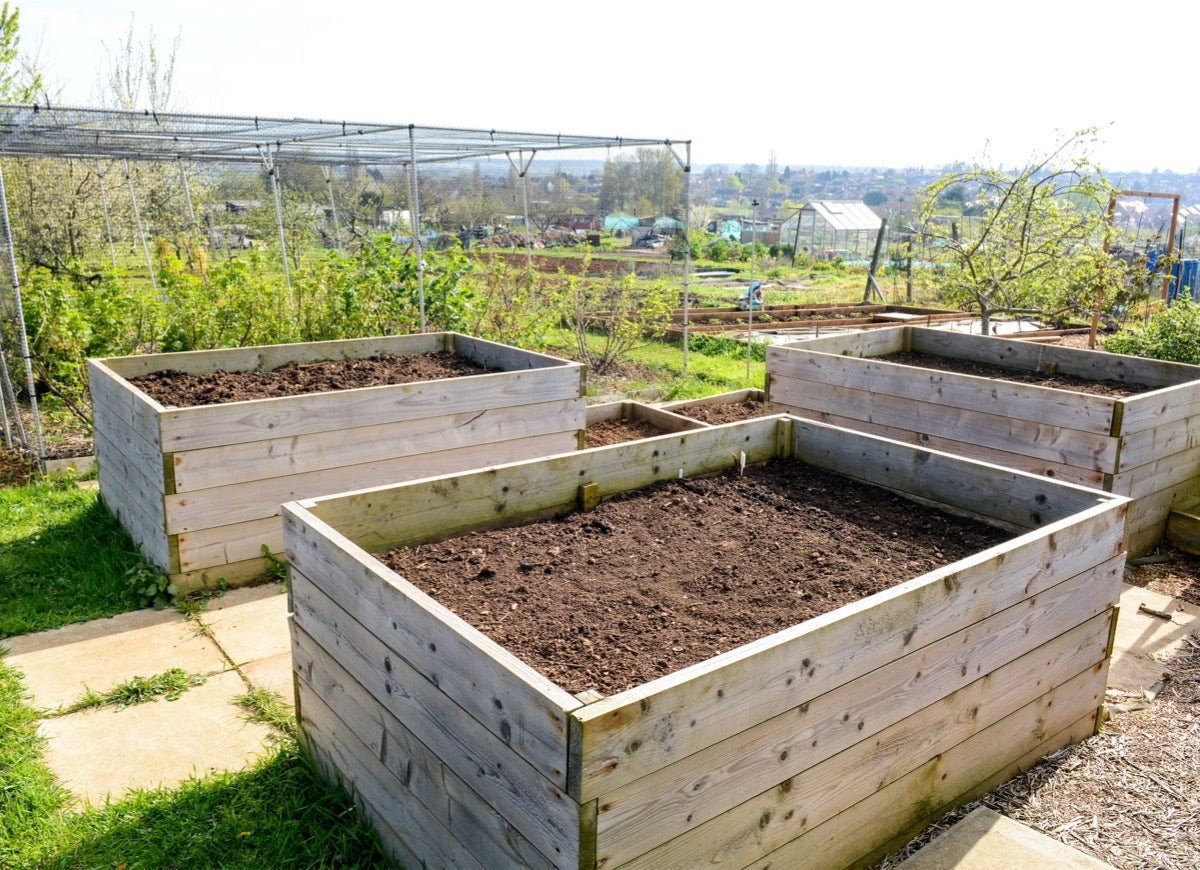

0 thoughts on “How Deep Should Pergola Footings Be?”